Calcium for root growth and uptake of nutrients
strawchicago z5
10 years ago
Related Stories

GARDENING GUIDESTackle Weeds the Natural Way
Instead of dousing your yard with chemicals to wipe out weeds, let time and nature work their magic via smothering and solarization
Full Story
FARM YOUR YARDHow to Grow Vegetables in Containers
Get glorious vegetables and fruits on your patio with a pro’s guidance — including his personal recipe for potting mix
Full Story
HOUSEPLANTSHow to Grow Orchids Indoors
Orchids are the exotic aristocrats of the flower world and can make themselves comfortable in almost any home
Full Story
GARDENING GUIDESLearn the Secret to Bigger and Better Roses
Grow beautiful roses using both ordinary and unusual soil amendments
Full Story
GARDENING GUIDESDesigning With Conifers: Find the Perfect Fit for Your Landscape
Conifers range from fairy-garden size to 70 feet tall. Here’s how to decifer the plant tag for the perfect long-term fit in your garden
Full Story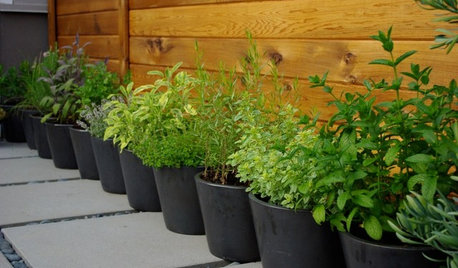
GARDENING GUIDES6 Ways to Grow Edibles in Small Places
No big backyard? Join in the grow-your-own fun with these small-space ideas for planting vegetables, fruits and herbs
Full Story
EDIBLE GARDENSGarden BFFs? Why Your Vegetables Are Begging for Companion Plants
Foster friendships among plants for protection from pests, pollination support and color camaraderie
Full Story
GRASSESHow to Rock a Lawn
Weekend Project: The key to healthy grass begins with the soil. If turf works for you, here’s how to fix it and keep it looking its best
Full StoryMore Discussions






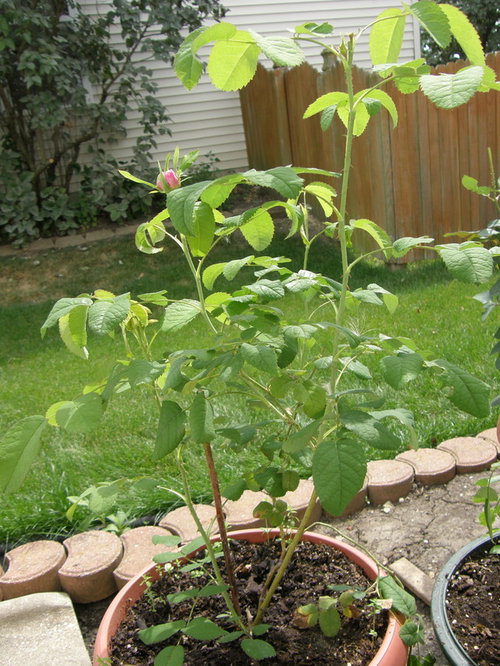
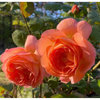
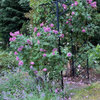
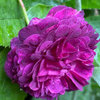
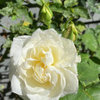
strawchicago z5Original Author
floridadon
Related Professionals
Canton Landscape Architects & Landscape Designers · Belmont Landscape Architects & Landscape Designers · Forest Acres Landscape Architects & Landscape Designers · Glendora Landscape Architects & Landscape Designers · Redondo Beach Landscape Architects & Landscape Designers · Walnut Landscape Architects & Landscape Designers · Washington Landscape Architects & Landscape Designers · Manchester Landscape Contractors · Westwood Landscape Contractors · Wilmington Landscape Contractors · Arlington Landscape Contractors · Davis Landscape Contractors · Deer Park Landscape Contractors · Franklin Landscape Contractors · West Allis Landscape Contractorsstrawchicago z5Original Author
strawchicago z5Original Author
strawchicago z5Original Author
strawchicago z5Original Author